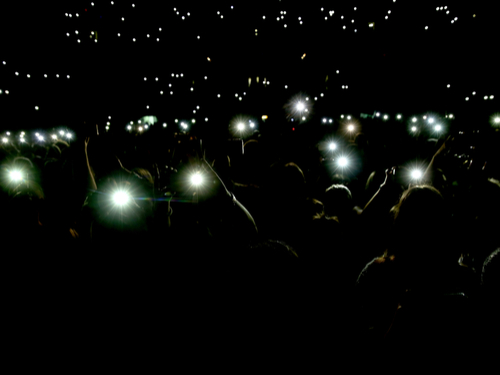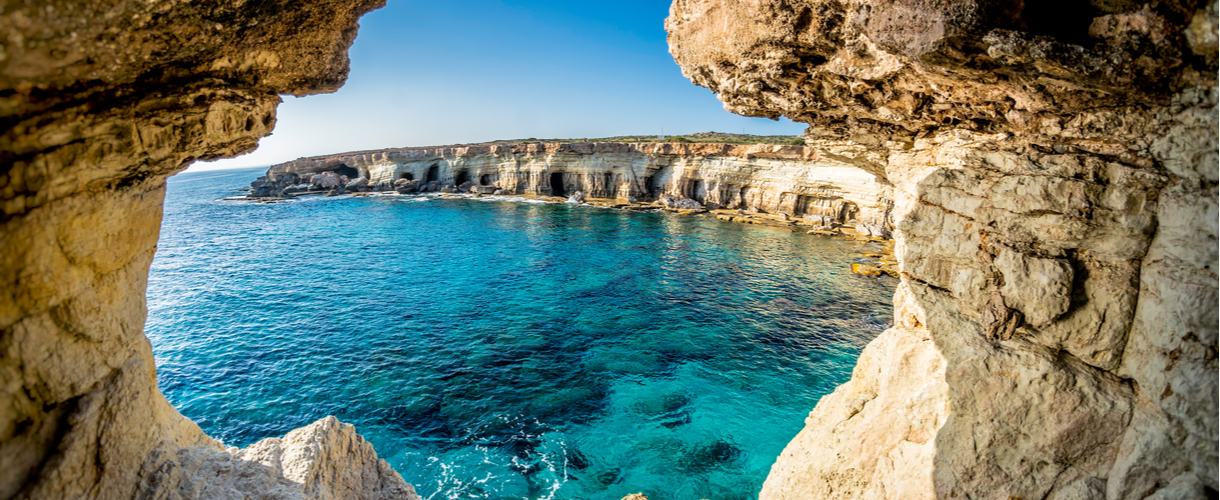10 Quick & Easy Steps to Summer Photography
The weather is beginning to turn to longer, sunnier days, making picturesque scenes for the budding photographer. With all this extra light, though, comes the challenge of taking the perfect summer photograph. What happens if you have the perfect shot, but there are shadows, or the light is glistening the wrong way, ruining the shot? How about you’re camping and having an evening sunset campfire, but you can’t quite get the exposure on the fire? There are plenty of trade secrets to taking the best photograph you possibly can with your equipment and the conditions outside.
Silhouettes
Whether you’re photographing a silhouette in the distance of a sunset, a romantic shot in the sea, children playing as the sun goes down or a figure in the opening of a dark cave (especially on those adventure holidays), getting the light right so that the silhouette looks authentic is essential. Turning off flash for this is always ideal to prevent any shadow overexposure.

Use flash
Flash can be used to amplify already well-lit shots, allowing for a smoother finish. For certain shots, using flash can be a saviour, it can provide artificial light to soften harsh shadows, and really bring out the light in the object.
There are certain instances with low light, which flash can hinder the background. For example, Cityscapes at night are best shot without flash, as this reduces and even removes the lights in the background, amplifying irrelevant foreground areas. This can also be applied when photographing light close up and on a small scale, for example with garden fairy lights.
If external light sources beyond sunlight aren’t in shot, then the flash is excellent at making the subject in the foreground stand out, and reducing background noise.

Self-portraits
Often, as a photographer, your subject is always someone or something else. Rarely do photographers see the other side of the camera. In the summer months, when the natural light is at its peak, it’s the perfect time to set the camera up on self-timer mode!
Wide-angle lenses
For landscape photography, beaches, countryside, and wide-shot close-ups – think campfires and groups sat round – using a wide angle lens can fully encapsulate the scene.
But why use a wide-angle lens over any other? When you want to capture as much as possible and offer the most versatility over other lenses. A telephoto lens is perfect for those far away shots but reduces the width of the photo. You could use a fisheye lens, capturing even more of the scene, with this also offering a more creative spin and greater clarity on close-ups.
Family fun – picnics, barbecues, sports on the beach
Candid photos are some of the nicest photos you can take during the summer. Oftentimes it’s the best season for shoots, families are generally up and about doing things, that’s why it’s so important to make the most of those non-posed shots.

Shoot outside of the light
The sun can be both your best friend and your enemy in the summer months. Natural light is the best kind of light, but you can sometimes find the sun overpowering your photo subject, creating large glows! The best way to tackle this varies depending on what kind of shot you’re trying to create.
Having the sun behind you can impact your shot depending on the distance of the subject in the shot. The closer to the camera, the lower to the ground you need to be to reduce the amount of shadow you create, ensuring this doesn’t get into your shot.
Subjects slightly further away can benefit massively from having the source of light directly behind or above the camera, reducing foreground shadow, and creating a background lining to help it stand out. This also aids with small details, potentially adding a greater amount of vibrancy, detail and focal points.
Wildlife
Unpredictable, vibrant and varied. If you’re struggling to find a subject to your photography, wildlife can be found throughout every stretch of life from your garden and the local park, to nature reserves and the zoo.

Underexpose overhead sun
With the beautiful summer months, of course, comes the sun. Whilst you don’t want to shut the sun out of your photographs, you need to ensure that there’s no sun blaring over the top of your shot.
Wide shot exposure
Using wide shot exposure for landscape photography helps to capture everything in the line of the shot. The tricky thing with this kind of shot is that as you hold the camera, you may get shaky hands in wider shots. A good tip for this is to use a tripod, you can then set up the camera, and take the most picturesque shot with ease.
Colour
Finally, summer is known for colour, from people’s dress sense to the flowers blossoming brightly beneath the blue skies. This is the perfect time to capture the contrast in images, allowing for greater detail and definition. You can use the shadows from sunlight to once again define your subject from the background, incorporating a wider variety of elements in your photo.










